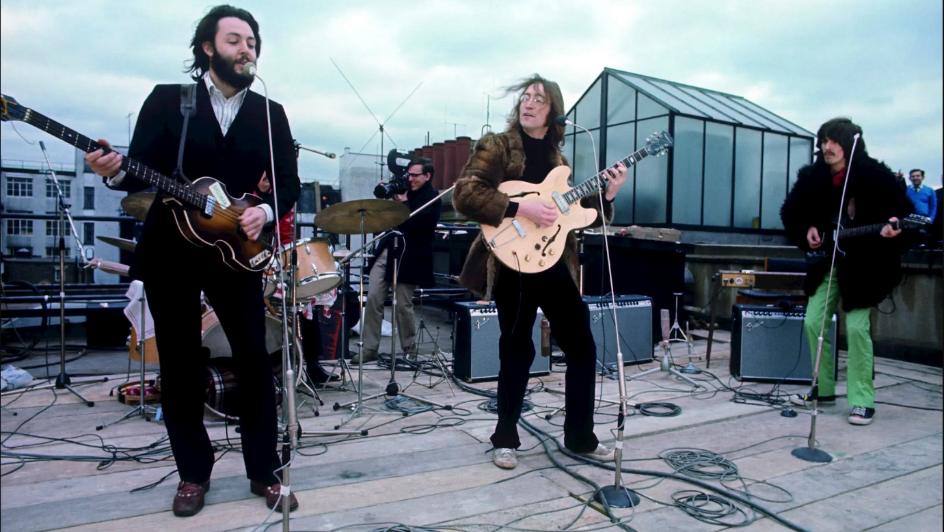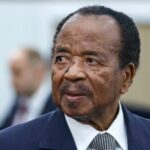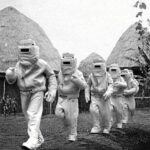#ThrowbackThursday – 30 January

It’s 30 January, and that means it’s time for another edition of Throwback Thursday! Today, we’re taking a look back at three prominent events that went down on this day in history:
1889 – A Fatal Affair
Like a scene from a romantic novel, a deadly tragedy unfolded in the early hours of 30 January 1889, in which an Austrian royal and his lover died together.
Archduke Rudolf, Crown Prince of Austria, was the only son of Kaiser Franz Joseph I and Kaiserin Elisabeth. Despite possessing enormous wealth, he lacked affection from his family, had a strict upbringing and was excluded from state affairs. In 1881, he married Princess Stéphanie of Belgium, yet their marriage was unhappy, leading Rudolf to seek solace in alcohol and numerous affairs.
During a ball at the German embassy in 1888, Rudolph met Baroness Marie Vetsera, a 17-year-old Austrian noblewoman who was 13 years younger than the Crown Prince. Nevertheless, they fell in love and began an affair, much to the consternation of Kaiser Franz Joseph.
With their relationship facing much opposition from his father (as well as his mother, Elisabeth, and his wife, Stéphanie, so the story goes), Rudolph took Vetsera to his hunting lodge in the village of Mayerling. It was there, on the night of 30 January 1889, that the couple apparently entered into a suicide pact.
And so, after dinner, Rudolph penned a note to Stéphanie, stating: “I am going calmly to my death, which alone can save my good name.” He then got into bed with Vetsera, whom he shot with a pistol, before turning the firearm on himself. Their bodies were discovered by the Crown Prince’s valet the next morning.
Their deaths sparked scandal and speculation, with various accounts of attempts to cover up or conceal Vetsera’s body, which was eventually laid to rest in Heiligenkreuz. Rudolph was buried in the Imperial Crypt of the Capuchin Church in Vienna.
This tragic event led to the ascension of Rudolf’s cousin, Archduke Franz Ferdinand, whose assassination in 1914 ignited the First World War.
1948 – A Martyr for Peace
On 30 January 1948, the world lost Mahatma Gandhi, a lawyer and a pivotal figure in India’s struggle for independence. His assassination on 30 January 1948, by Nathuram Godse, marked a profound turning point in Indian history, representing the loss of a leader who championed pacifism, truth and unity.
On that fateful evening, as Gandhi walked to a prayer meeting in Delhi, 38-year-old Godse approached and shot him three times in the chest. The shots proved fatal, and Gandhi passed away at the age of 78.
Godse – who was linked to the Hindu nationalist organisations, Rashtriya Swayamsevak Sangh and the Hindu Mahasabha – justified the assassination by claiming that Gandhi’s policies favoured Muslims at the expense of Hindus, particularly condemning his hunger strike to ensure financial aid to Pakistan amidst the Kashmir conflict.
Godse was tried for murdering Gandhi and subsequently executed on 15 November 1949. Despite his tragic death all those years ago, Gandhi’s teachings of non-violence continue to resonate around the world.
1969 – One Last Hurrah
It’s hard to believe that The Beatles were together as a band for only a relatively short period, from 1960 to 1970. In just a decade, they revolutionised music and pop culture, producing an incredible catalogue of songs that continue to influence artists today.
However, by 1969, the English band was experiencing significant tensions. Creative differences, personal struggles, touring fatigue and external pressures began to take their toll on their collaboration. Additionally, each member was exploring their own artistic directions.
On the afternoon of 30 January 1969, The Beatles gave an impromptu 42-minute performance on the rooftop of their Apple Corps headquarters in London, England. Initially part of the “Get Back” project, they debated various venue ideas, from the Roundhouse in Camden to a cruise ship in Libya.
It was producer Glyn Johns who suggested the rooftop, which garnered enthusiasm from Paul McCartney and even George Harrison, despite his earlier reservations.
The Fab Four set up quickly, with Mal Evans constructing a makeshift stage and equipment being sourced on the fly. The performance attracted crowds on their lunch breaks, but it also caught the attention of the police, who arrived to shut down the show after receiving noise complaints.
Notably, the session produced tracks used in their “Let It Be” album, solidifying its place in The Beatles’ history.
A year later, the Beatles officially broke up, making their rooftop performance their last live public performance together as a band.
Image Credit: Source


























Go Social
SocialNew Social Releases – Check them out NOW! N$3/day subscription
TikTok Content
SocialNew content for your TikTok - Watch NOW!
Weird ’n Wacky
FunHilarious video clips featuring animals, sports, food, & more!
Status Hub
SocialTrend on WhatsApp with these statuses!
Social Trending
SocialWant Top Trending Stickers and WhatsApp Stories!?